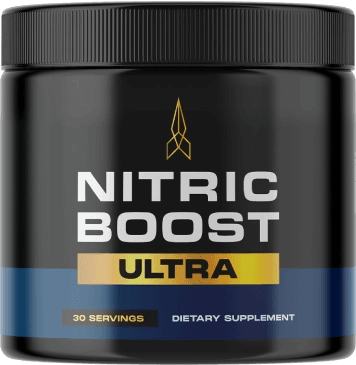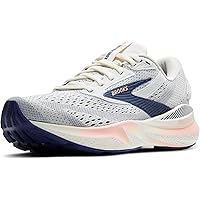Exercise is a key component of any weight loss plan, but understanding how to use it effectively can help you burn more fat and keep the weight off long term. While diet usually plays the largest role in weight loss, physical activity boosts calorie burn, supports muscle mass, and improves metabolism.
How Exercise Affects Weight Loss
When you exercise, your body burns calories to fuel the activity. The number of calories burned depends on your weight, intensity, and type of exercise. Beyond just burning calories during exercise, some types of physical activity increase your metabolic rate even after you stop, a phenomenon called excess post-exercise oxygen consumption (EPOC).
Exercise also helps preserve lean muscle mass during weight loss. This is important because muscle tissue burns more calories at rest than fat, meaning a higher muscle mass helps maintain a higher metabolism.
Types of Exercise for Fat Loss
- Aerobic Exercise (Cardio):
Activities like running, walking, cycling, swimming, and dancing increase your heart rate and calorie burn. Moderate-intensity cardio is effective for overall calorie burn and heart health. - Strength Training (Resistance Training):
Lifting weights or using resistance bands builds and maintains muscle mass. This helps prevent muscle loss during dieting and boosts resting metabolic rate. - High-Intensity Interval Training (HIIT):
HIIT alternates short bursts of intense activity (like sprinting) with recovery periods. This approach burns a high number of calories in a short time and significantly increases EPOC, enhancing fat loss. - Low-Intensity Steady-State (LISS) Cardio:
Steady activities like walking or light cycling for longer periods burn calories efficiently and are easy to sustain daily.
How to Maximize Fat Burning Through Exercise
- Combine Cardio and Strength: For best results, incorporate both cardio and strength training in your routine.
- Increase Intensity Gradually: Push yourself a bit harder over time to improve fitness and calorie burn.
- Be Consistent: Aim for at least 150 minutes of moderate-intensity exercise or 75 minutes of vigorous exercise weekly, plus 2+ strength sessions.
- Include Movement Throughout the Day: Non-exercise activity like walking, taking stairs, and standing increases daily calorie burn.
- Allow Recovery: Rest days help muscles repair and grow, preventing injury and burnout.
Additional Tips
- Warm up before exercise and cool down afterward to prevent injury.
- Hydrate well to maintain performance.
- Find activities you enjoy to stay motivated.
- Track your progress to stay accountable.
Summary
Exercise is a powerful tool for weight loss, supporting calorie burn, muscle maintenance, and metabolic health. Combining aerobic workouts, strength training, and HIIT, alongside a healthy diet, maximizes fat burning and promotes lasting weight loss. Consistency and gradual progression are key.




